Every Kind of Beanie — A Comprehensive List
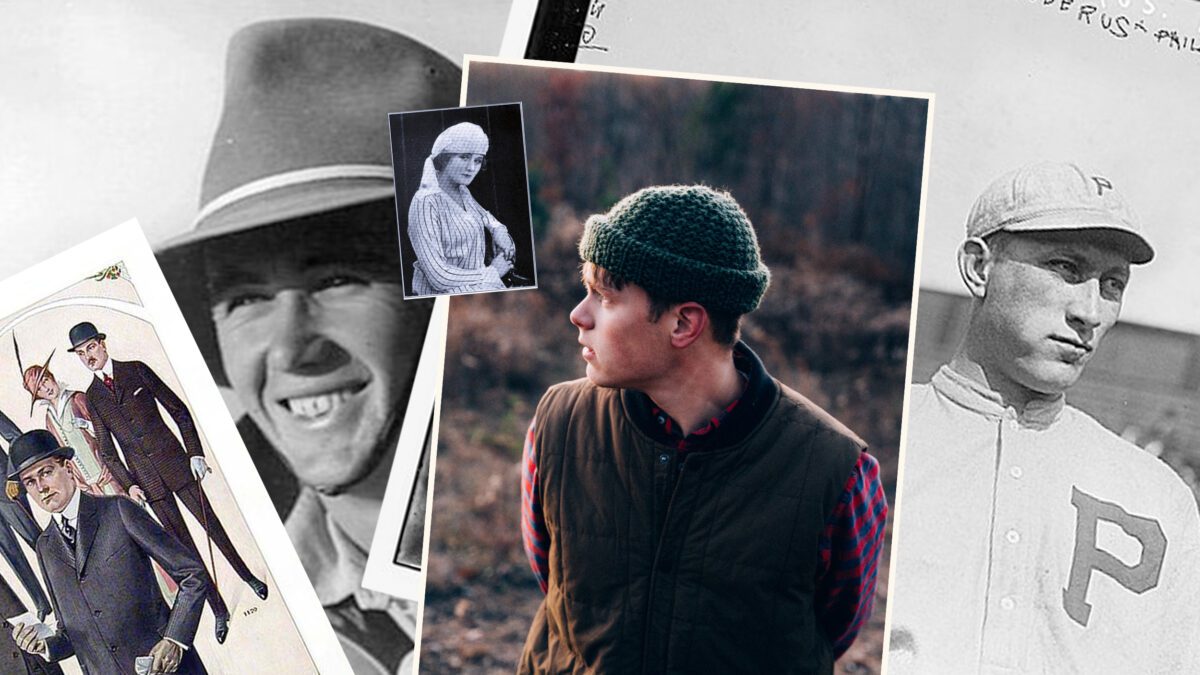
“A dear child goes by many names,” says an old Norwegian proverb. When we started Red Hat Factory, one of the main challenges was what to name this product of ours: Beanie? Toque? Hat? Knit cap?
Now that we have several years of beanie related content behind us, we’ve learned quite a bit along the way. We even dug deep into the etymology of several of the most common beanie names.
After all, if you want to know what a word means, the clearest path to take is that of language. Here’s a quick paragraph or two on every beanie-related name I could come up with.
- Table of Contents:
- Beanie
- Cap
- Hat
- Knit cap / knit hat
- Toque
- Fisherman beanie / fisherman hat
- Watch cap
- Docker hat
- Monmouth cap
- Ribbed hat / rib-knit hat
- Skullcap
What is a beanie?
Often called beanie hat — sometimes a beanie cap.
There are two origin stories of the word beanie. One is that it derives from the early 1900’s slang word bean, meaning your head. This is first documented in 1905 baseball slang, where a beanball means a ball thrown at someone’s head.
The other explanation is that it came from the small bean-sized button that, on some models, held together the several panels that made out 1900’s style American beanies.

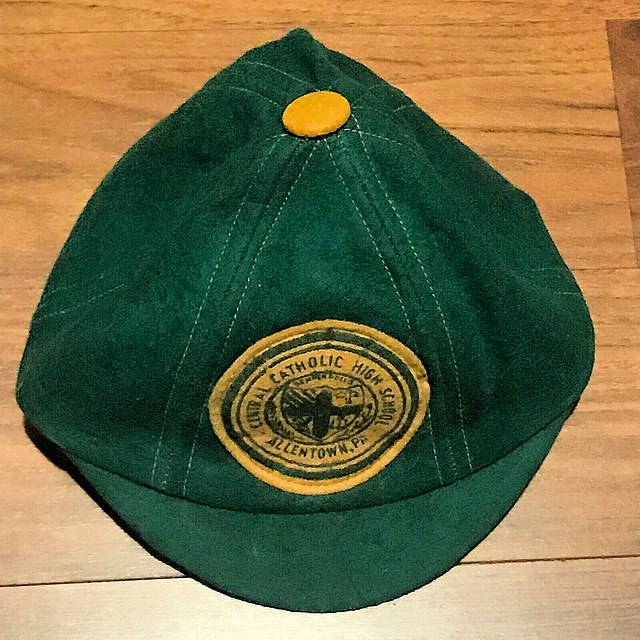
Beanie is the most widely used term for what we are producing, so that’s the one we choose to go with most of the time. Also wool was the most common material for beanies at the time, which also happen to match what we’re up to.
What is a cap?
Equally common to beanie, is the word cap. Cap has a similar etymological history to beanie, but the roots stretch far deeper. It comes from old English cæppe, meaning “hood,” which probably derives from Latin cappa, meaning head.
So we’re not talking very advanced linguistics here.
“Dude, what’s that thing you have on your head?! It looks amazing!”
“Yeah. It’s one of them… head-thingy’s.”
“Wow, cool. A headdie.”
Nowadays if you simply say cap, or search the web for the same, you probably mean a brimmed cap. Which draws its history right back to the baseball caps which were once called beanies.
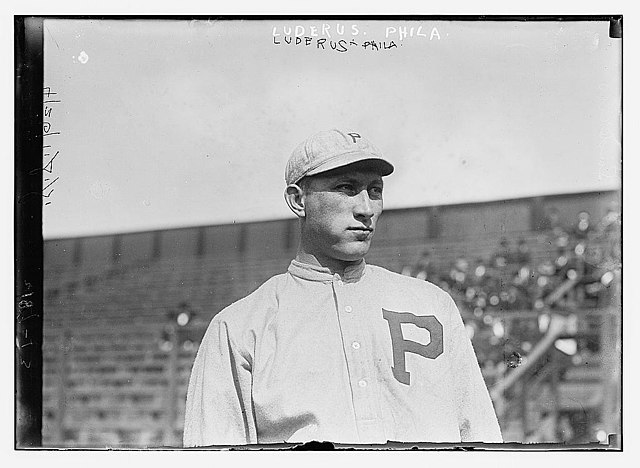
What is a hat?
Surprise. This is also incredibly primal and simple.
While cap traces its roots back to cæppa meaning hood, hat traces its roots directly back to old English hætt, which means exactly the same.
Notice the similarity between head and hat.
If you search the web for just hat you will primarily see a hat that’s brimmed all the way around. This is what we generally think of as a hat. But hat can mean just about anything you put on your head. That’s why it’s often used in day-to-day-language referring to a beanie — mostly in conjunction with other words to specify the type, like beanie hat or knit hat.
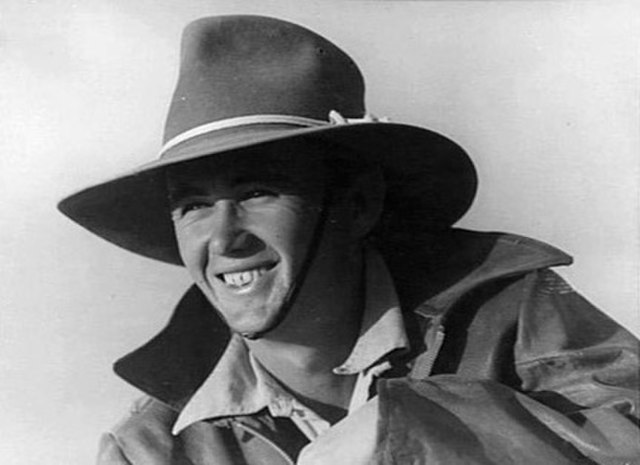
What is a knit cap or knit hat?
If you use the term cap or hat, in conjunction with other words, it no longer means brimmed headwear. After all the linguistics are very primal here, so we can’t go wrong.
A knit cap refers more often to what we call a beanie, but it’s specified that it is knit. So whether it’s hand knit or machine knit, it just helps us rule out for example leather caps or felted caps.
What is a toque?
Modern day Canadians uses the term toque to refer to a common knit cap. They got the word through their French ties.
For the rest of the world, the word toque is more tied to history than present-day usage. The etymology is fascinating for nerds like me. It seems to have made it’s way from Old Persian taq (veil/shawl), through Arabic, French, Spanish, and then finally English in the 1500’s.
It means/has meant everything from women’s headwear, to the iconic white chef’s hat, to different military uniform hats.
In short, it is a word as broad as hat itself. But I’d say it makes more sense, since it means veil/shawl, rather than just head.
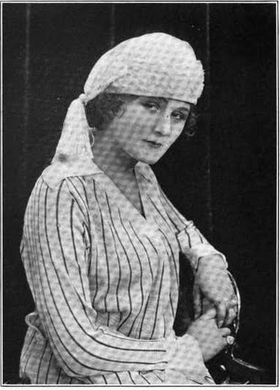

What is a fisherman beanie or fisherman hat?
This is one of my personal favorite terms, and I’ve written a lot about it before.
The reason is that it ties the beanie to a specific life style and history. The rough beanie worn by simple working men, living close to nature and the sea, and making their living.
As I argue a lot, a true fisherman beanie should be hand knit, to honor the history of a time when you would get your apparel locally produced with old fashioned knitting needles.
A fisherman beanie is often associated with having your ears out, and the reasons for this also tie right back to practicality.
In short, when you’re working in shifting weather on the sea, you’d appreciate a beanie that is not sown into one position, but can be folded up when you’re too warm, and down when the wind picks up.
What is a watch cap?
Some sources say that watch cap comes from the American navy, and the hats they wore to stay warm during night watches. Every source agrees that it has to do with keeping watch and keeping warm while doing so.
Searching the term reveals that it’s mostly associated with a simple knit beanie that covers your ears, at least somewhat. I would argue that this is a good use of the term, since it originated with cold night watches.
What is a docker hat?
A docker hat or docker cap, is a canvas cap without a brim and with a folded edge. Pretty much the sweet spot between a baseball cap and a knit cap. Often they feature the little “bean” on top, going all the way back to the original beanies of the 1900’s.
While docker hat is not an old enough term to have its own particular etymology, I’d just assume it is a continued play on the fisherman beanie. While a fisherman beanie is free to be folded up or down, the docker hat is locked in the folded-up position — as the land-locked dock workers are safely out of the weather.
Since I couldn’t find a free image of a docker hat I could use, I picked these hand made ones I really like and I credit them: Shout out to Baxter & Black for keeping hand craft alive!
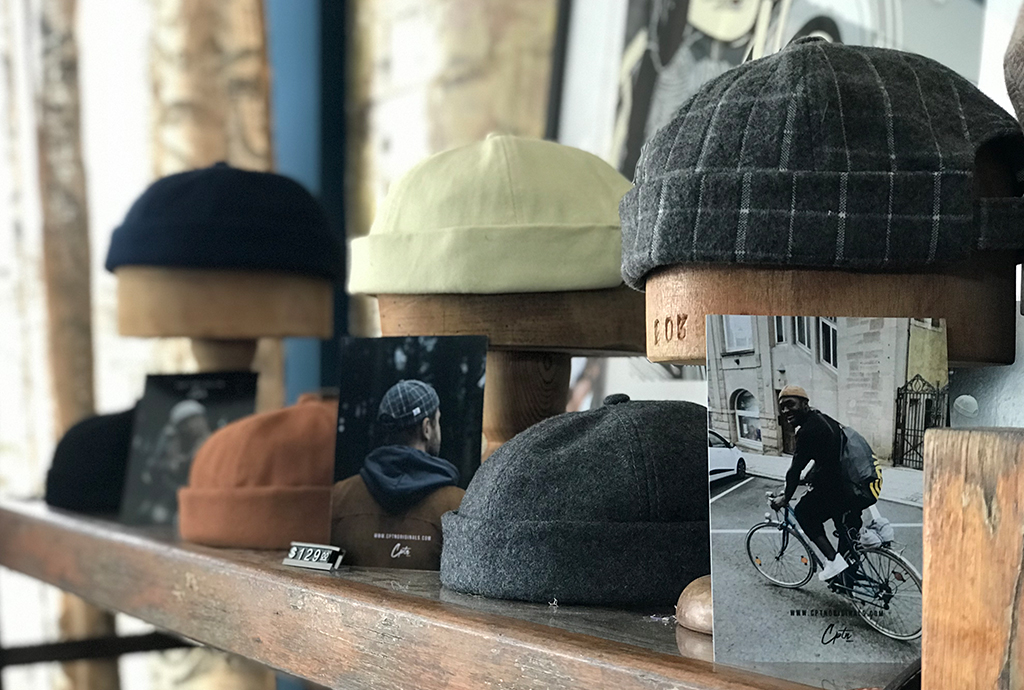
What is a Monmouth cap?
Monmouth is small a town in Wales*, with a huge impact on beanie history.
In the 1400’s the hand knit wool beanie industry took on a life of its own, beginning in this town, and escalating to the point where a large part of England and Wales’ population owned a Monmouth cap. It had such an impact of the English and Welsh economy that the law had to step in at one time to forbid imported beanies.
The law also, at one point, commanded people to wear Monmouth caps on Sundays and holidays.
If you say Monmouth cap nowadays, you are probably specifying the old gritty hand knit style of beanie. Unless, of course, you are talking about this particular piece of history.
*Thank you Jason Evans for pointing out that Monmouth is Welsh, not English. My bad.
What is a ribbed hat or a rib-knit hat?
Rib refers to the knitting pattern. The simplest way to explain it is that it features right and wrong stitches alternatingly, creating a ribbed pattern like you see on our North Cap beanie below.

What is a skullcap?
Skullcap is another word you see thrown around, and it means what it says. A cap for your skull.
Now given what we’ve learned — that cap means head — I think this word is redundant.
Come on now, if you’re educating us please get it right, and its not hard to get such a simple thing right either.
For example the Monmouth cap comes from a town in Cymru/Wales, ergo it was created in Cymru/Wales
https://en.m.wikipedia.org/wiki/Monmouth.
Cymru/Wales is to the west of Lloegr/England, they are two separate countries, just like America and Mexico.
Also Lloegr/England and Prydain/Britain are not interchangeable, besides upsetting us Cymry/Welsh you’ll also upset our Celtic brethren the Scots.
Happy to help.
Thank you for the correction, and sorry for my sloppy research. I believe I have amended it in the text now.
What is the knit cap called where it folds inside itself to form two layers? Essentially two knit caps connected all the way ‘round at the brim.